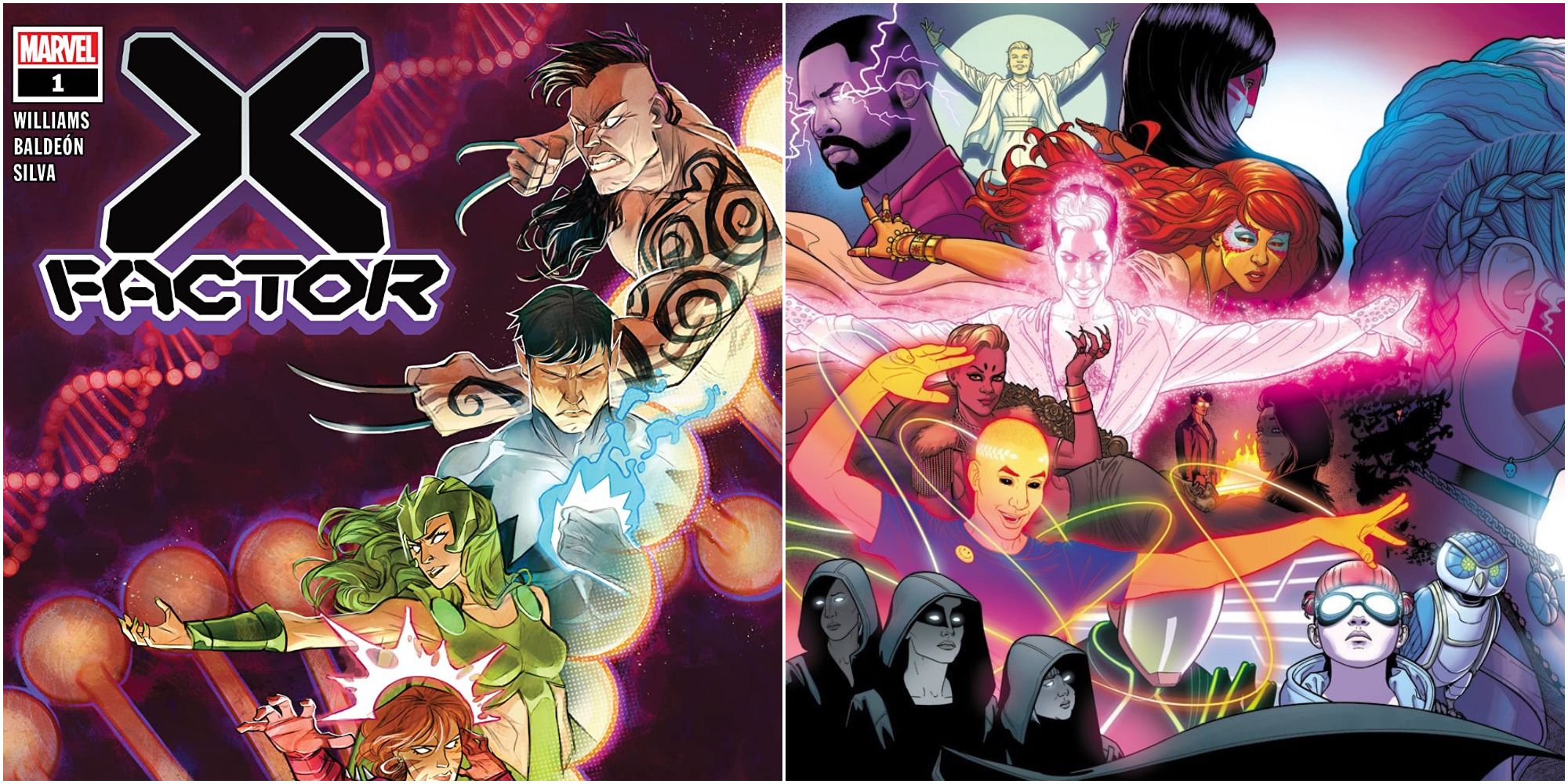
Comics have often been ahead of the curve when it comes to social issues. Often, niche communities are able to be progressive because the regressive eyes of the mainstream aren't on them. Nowhere is this more true than with LGBTQIA+ representation. When mainstream movies and TV shows were still portraying members of the community as either villains or problems for the hero to solve, comics were ahead of the curve.
That's only gotten better in recent years, as comics have taken the lead in revolutionizing LGBTQIA+ representation, making the characters a normal part of their stories and are still leading the way on the issue.
10 League Of Extraordinary Gentlemen Saw Three Of Its Main Characters Enter Into A Bisexual Polycule
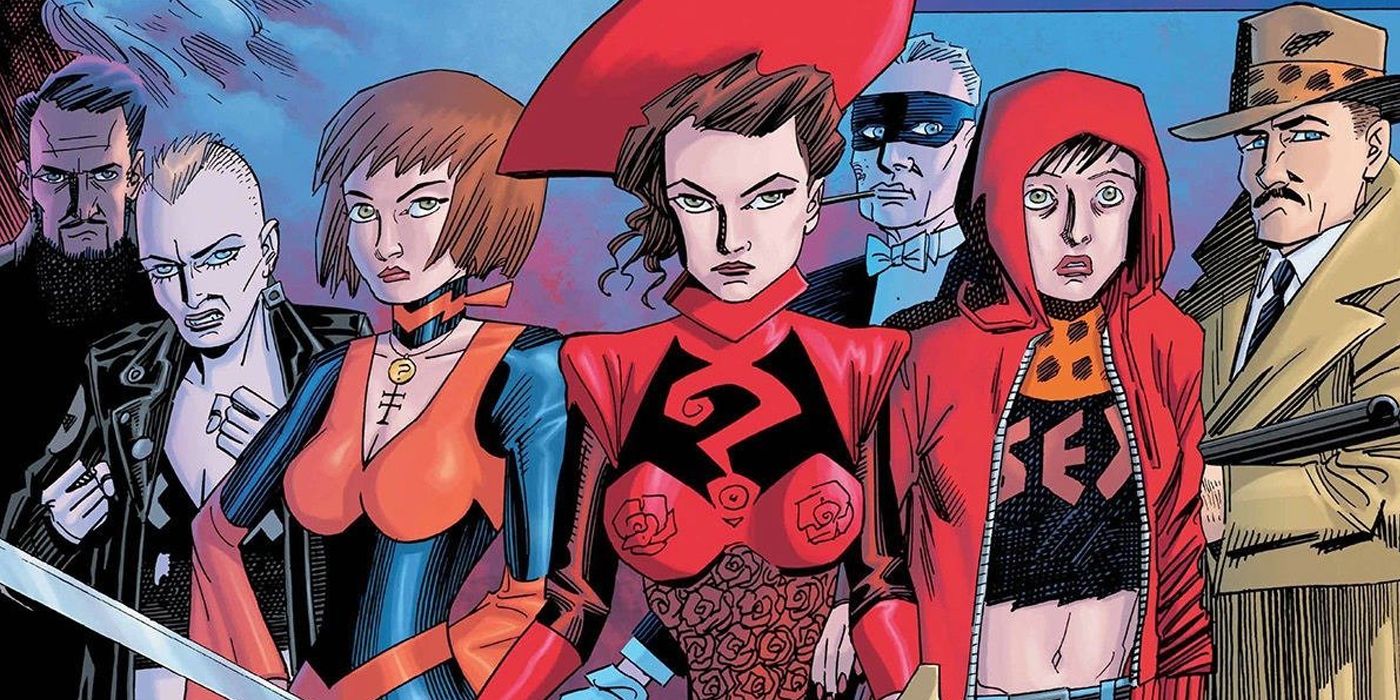
Writer Alan Moore and artist Kevin O'Neill's League of Extraordinary Gentlemen aimed to take the heroes of Victorian literature and blend them into a pop culture universe informed by years of TV, movies, and books. In volume two of the book, in the back-up material to each issue, Moore revealed that series leads Mina Murray and Alain Quartermain were having a bisexual relationship with Orlando, a being who changes their gender.
Their relationship flourished throughout the next three volumes, until Alain's death, and after that Mina and Orlando kept it going. It's rare to find a bisexual polycule in media nowadays and Orlando's quite literal gender fluidity made it doubly interesting.
9 Batwoman Was The First Mainstream Comic To Star A Lesbian
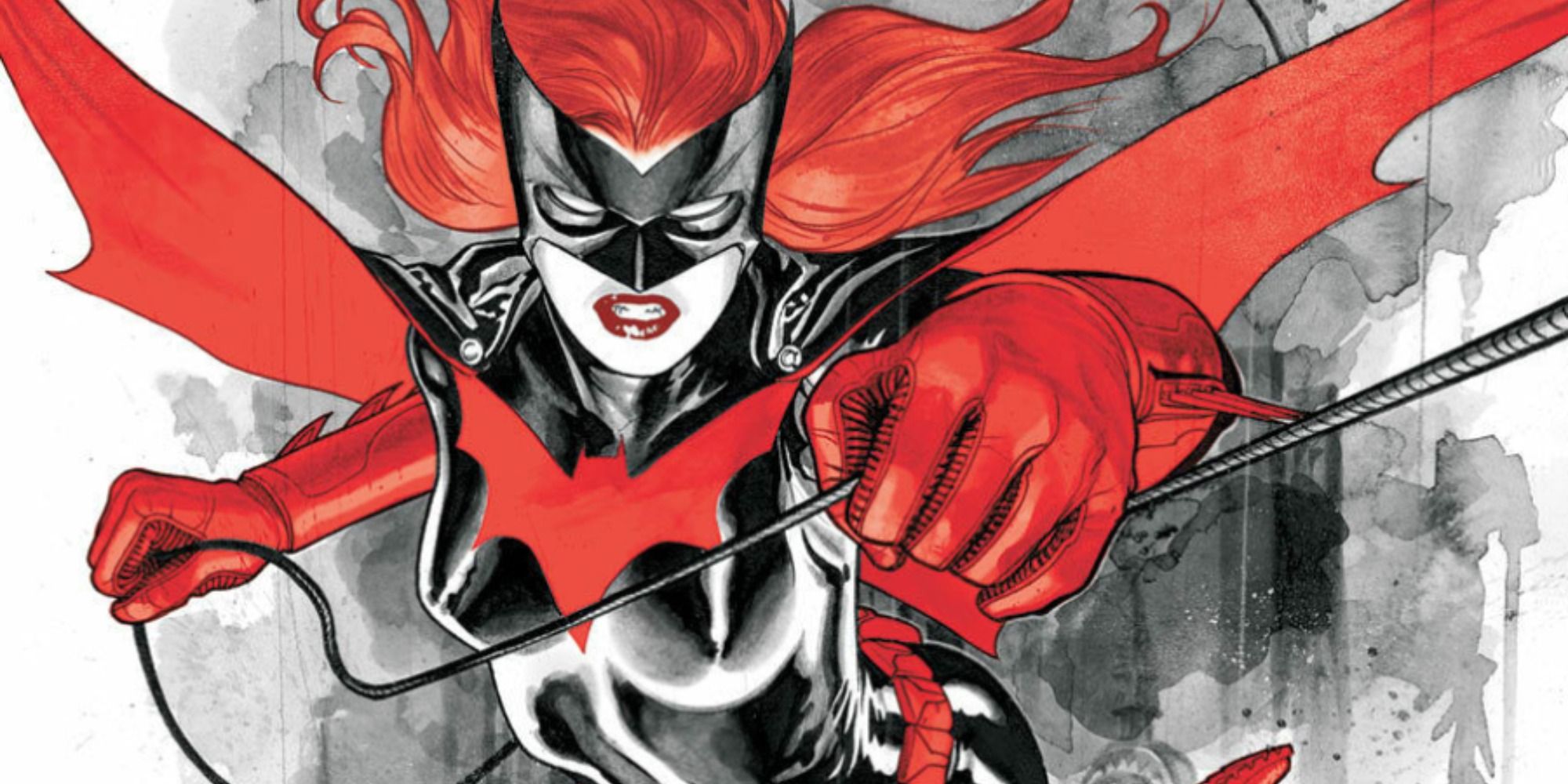
Batwoman, by writer/artist J.H. Williams III and artist Haden Blackman, holds a very important distinction in that it's the first mainstream comic to star a lesbian and showcase her in a healthy relationship, to boot. While it missed a chance to have her marry her longtime girlfriend Maggie Sawyer, it's still an important- and entertaining- book.
Positive lesbian representation of any kind can be a bit hard to find even today, so Batwoman is a very important comic in that regard. It's also just a great comic, one that spawned a TV series based on the titular character.
8 Saga Is One Of The Few Books Around With Positive Trans Representation
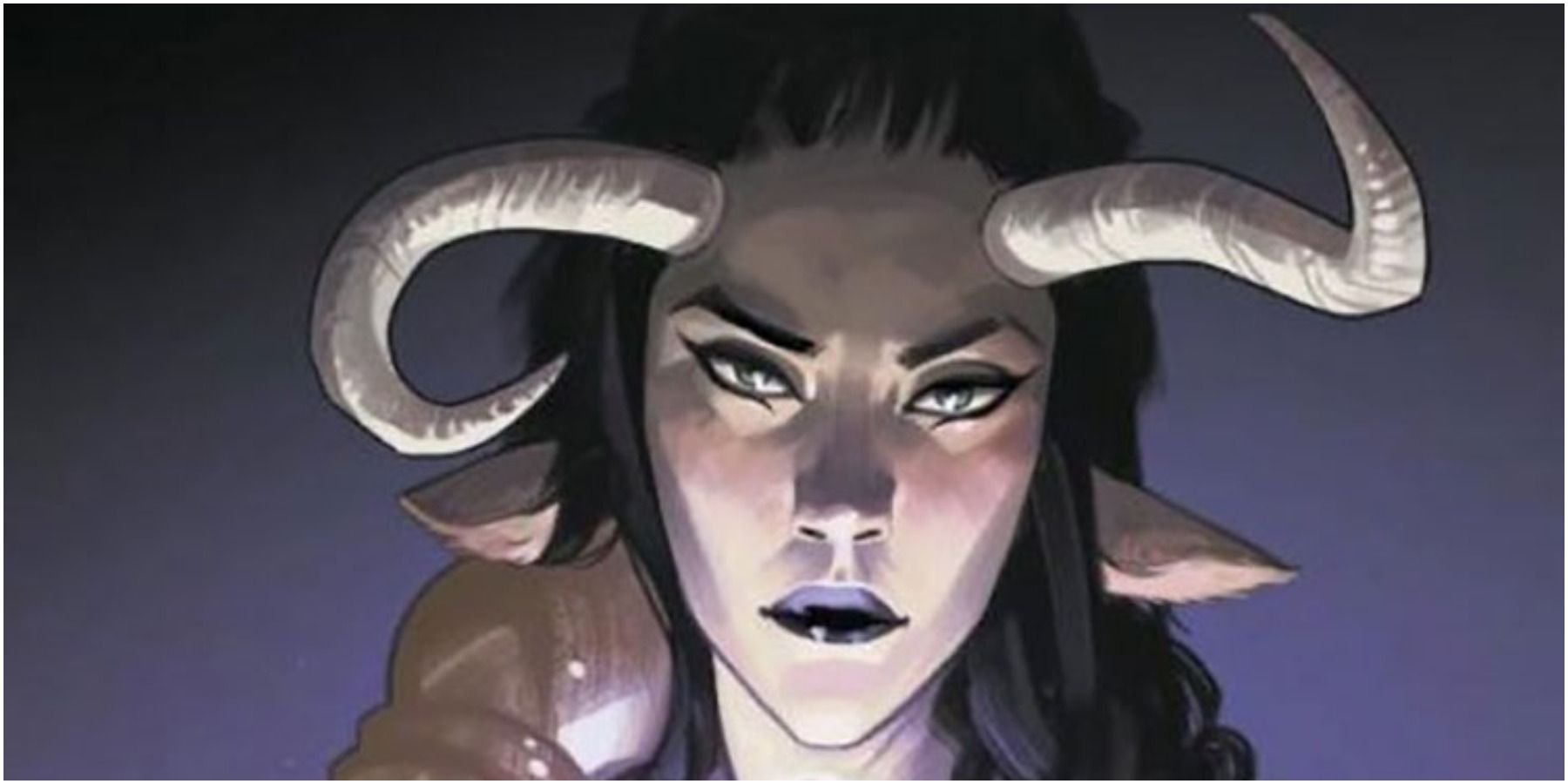
Writer Brian K. Vaughn and artist Fiona Staples' Saga is one of the most popular and beloved indie comics being published right now. The story of a family trying to escape an intergalactic war, it has several LGBTQIA+ characters but none of them are more important than Petrichor, a trans wizard.
Positive trans representation is pretty low in most media and Petrichor is an example of a trans character done right. Her gender is never questioned, she bags herself a prince, and she's often the most entertaining character on the page. Petrichor is a trans role model, even if she's an alien wizard with horns.
7 The Sandman Was Doing LGBTQIA+ Representation Before It Was Cool
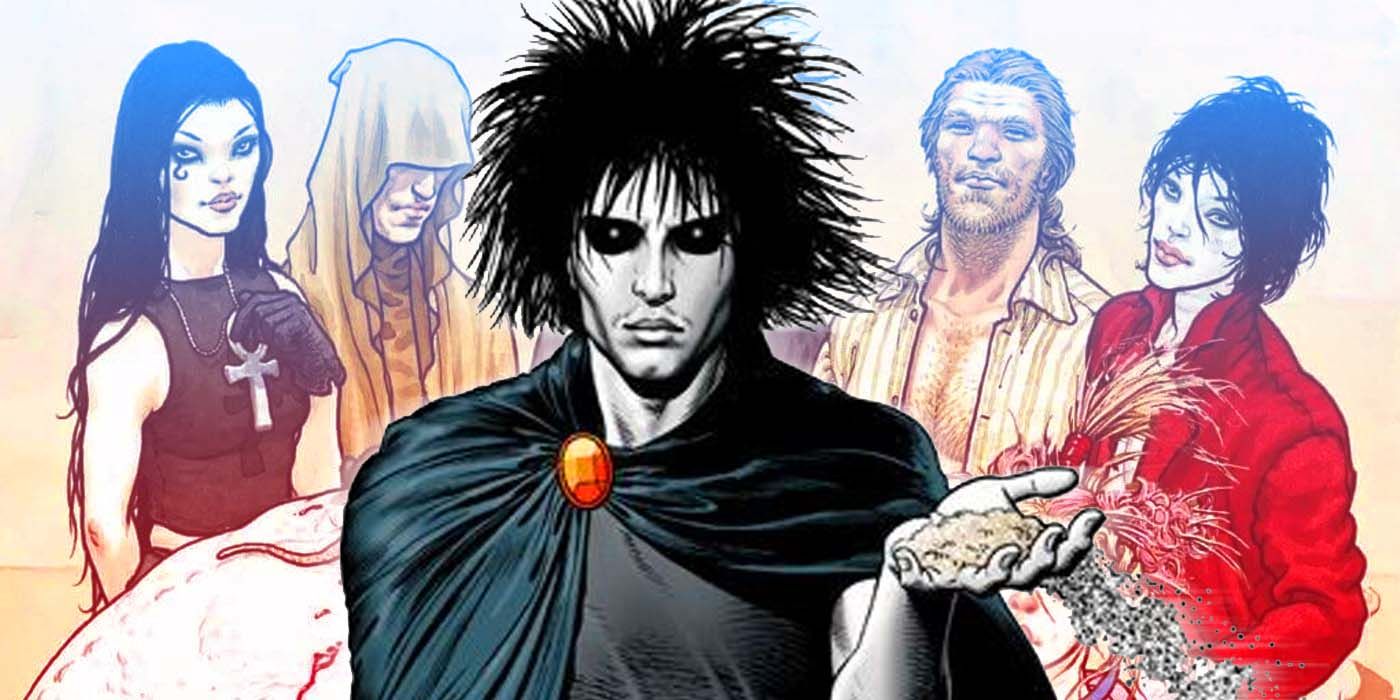
Neil Gaiman's The Sandman was first published in 1989 and was on the forefront of queer representation. One of the most beloved comics of all time, The Sandman showcased multiple LGBTQIA+ characters at a time when that just wasn't done in media and treated them just like it treated any other character.
From making Desire into a genderfluid representation of love and sex to multiple gay, lesbian, and trans characters, The Sandman broke new ground in comics in all kinds of ways but especially for the LGBTQIA+ community and even today is more diverse than a good percentage of the books being published in that regard.
6 The Invisibles Starred A Trans Character As A Member Of Its Main Group
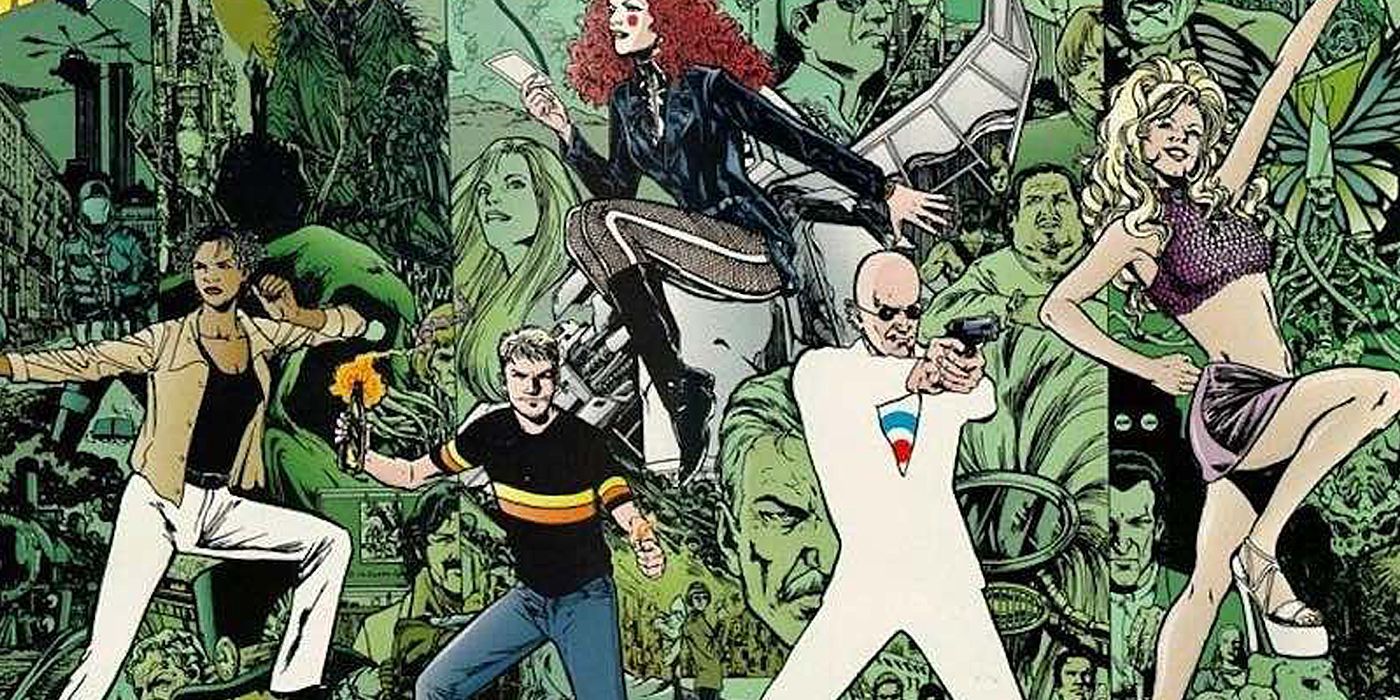
Grant Morrison's The Invisibles is another '90s comic that was light years ahead of its time when it came to LGBTQIA+ representation. In fact, one of the main characters and the focus of the book's second story arc, Apocalipstick, was a trans character named Lord Fanny. Fanny is probably one of the first trans characters to ever star in a comic.
Fanny is often the center of attention on the page. The group's second most powerful member, she often saves the day and gets the best lines in. Fanny broke major ground as trans characters just weren't done in the way she was back then.
5 Young Avengers Has Always Been A Bastion Of LGBTQIA+ Representation
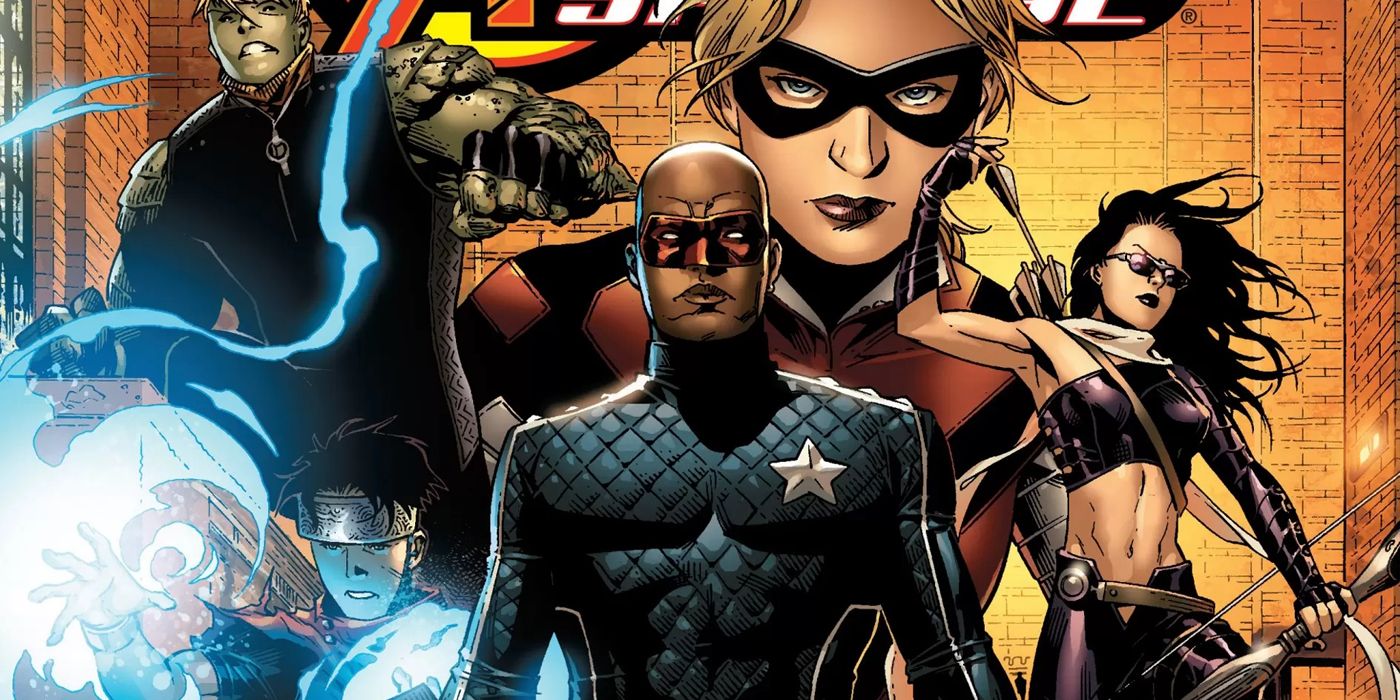
Young Avengers started out as what seemed like a Marvel riff on DC's tendency to have kid sidekick characters but evolved into one of the most progressive books on the market. It's showcased multiple gay, lesbian, genderfluid, and bisexual characters- Wiccan, Hulkling, Speed, America, Kid Loki, and Marvel Boy- and they're often the most powerful members.
Young Avengers blazed a trail at Marvel during a time when the publisher didn't do very much with queer characters- its track record has never been as good with that sort of thing as DC- and showing teenagers coming to grips with their sexuality is a powerful statement, one that can help LBGTQIA+ youth with accepting themselves as valid.
4 Midnighter And Apollo Showcased The Titular Couple's Relationship
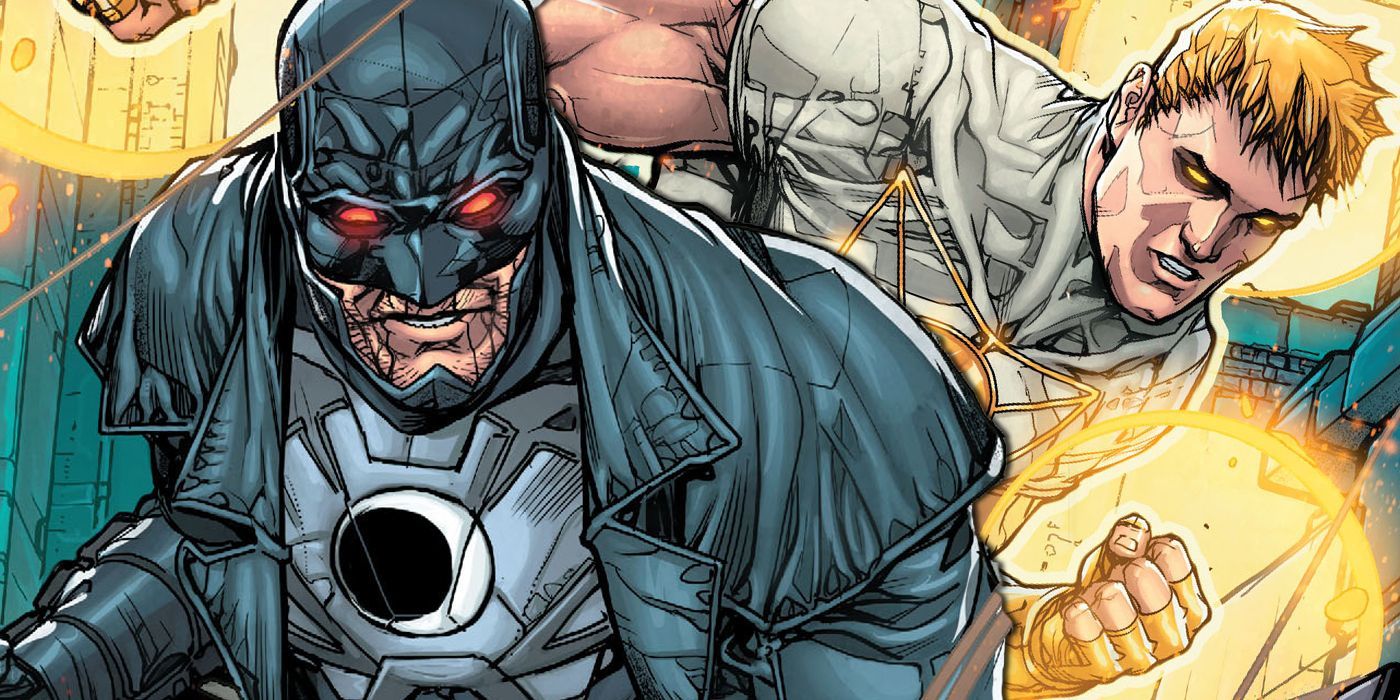
Midnighter has long been one of DC's most visible gay men and Midnighter And Apollo, by writer Steve Orlando and artist Fernando Blanco, showcased the two characters and their relationship. One of Midnighter's best stories, it's full of great superhero action and really focuses on the two characters and how far they'll go for each other.
Orlando felt that the time was right to put a gay relationship out there and the book is a wonderful representation of two men in love. Orlando, a gay man himself, used the book as a metaphor for everything that gay people had to fight against in society and the book was praised for just how great it is.
3 Children Of The Atom Showcases Several LGBTQIA+ Teenagers
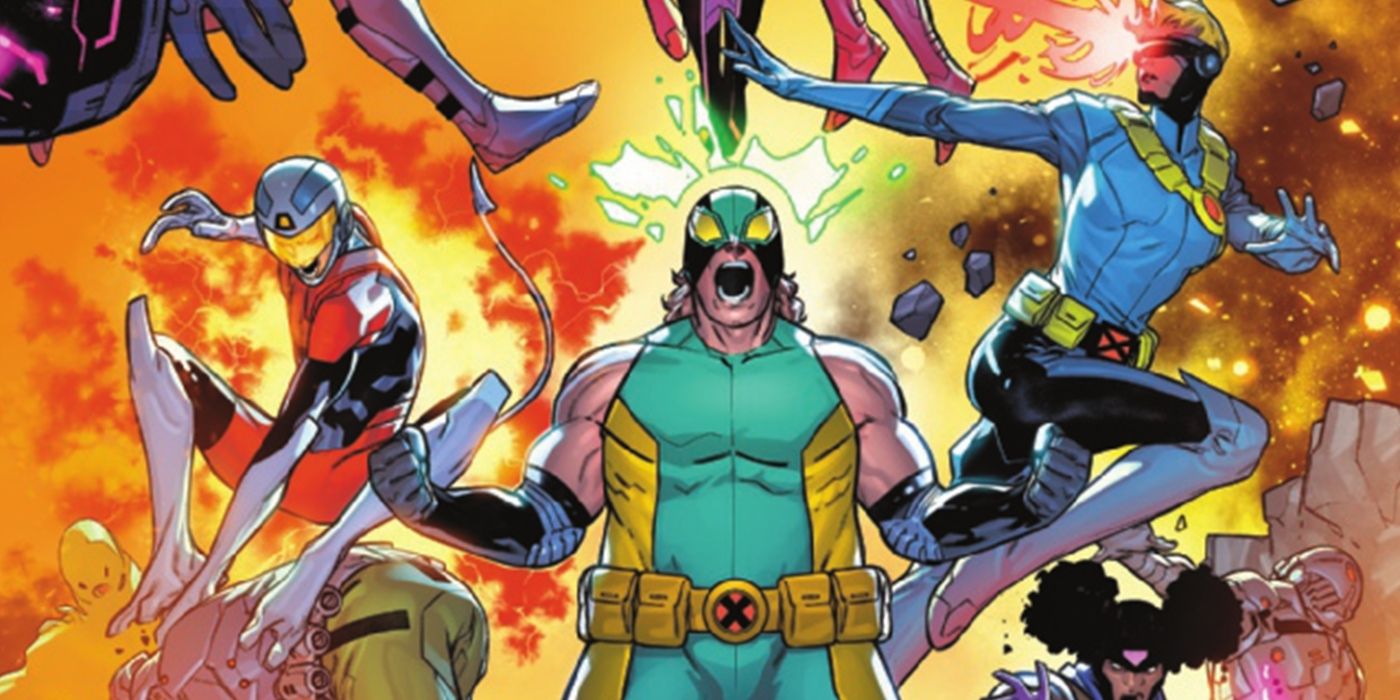
The new X-Men books have been very good about LGBTQIA+ representation and one of the best is Children of the Atom. Written by Vita Ayala with art by Paco Medina, it stars a team of teenagers with powers similar to X-Men members fighting evil and trying to get the mutants' attention, all while keeping a secret of their own.
The book stars two LGBTQIA+ characters- Cyclops Lass, a genderfluid woman, and Gimmick, a lesbian. The book does it in a very nonchalant manner, presenting a world with this kind of thing is barely commented on. It's perfect for LGBTQIA+ youth to see a world where they're accepted for who they are with no questions asked.
2 X-Factor Is Another X-Men Book With Great Representation
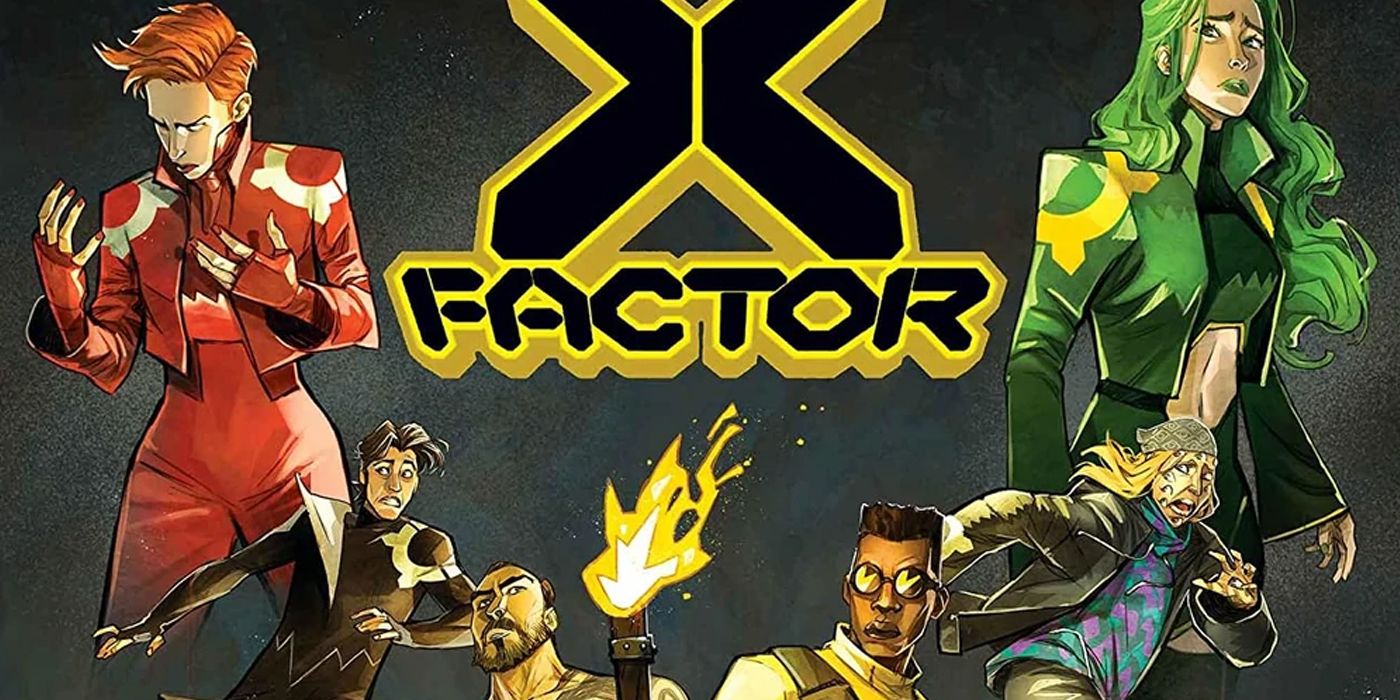
X-Factor, by writer Leah Thompson and artist David Balducci, is another X-Men book that puts its LGBTQIA+ representation right upfront. The team is led by married gay man, Northstar, and also stars Prodigy, who's in a relationship with Young Avenger Speed, and Daken, Wolverine's bisexual son.
The book wears its LGBTQIA+ heart on its sleeve, presenting the characters and their lives in plain terms. None of them are stereotypes and each one brings something special to the team. It's also one of the best X-Men books on the market.
1 The Wicked + The Divine's Cast Is Almost Totally LGBTQIA+
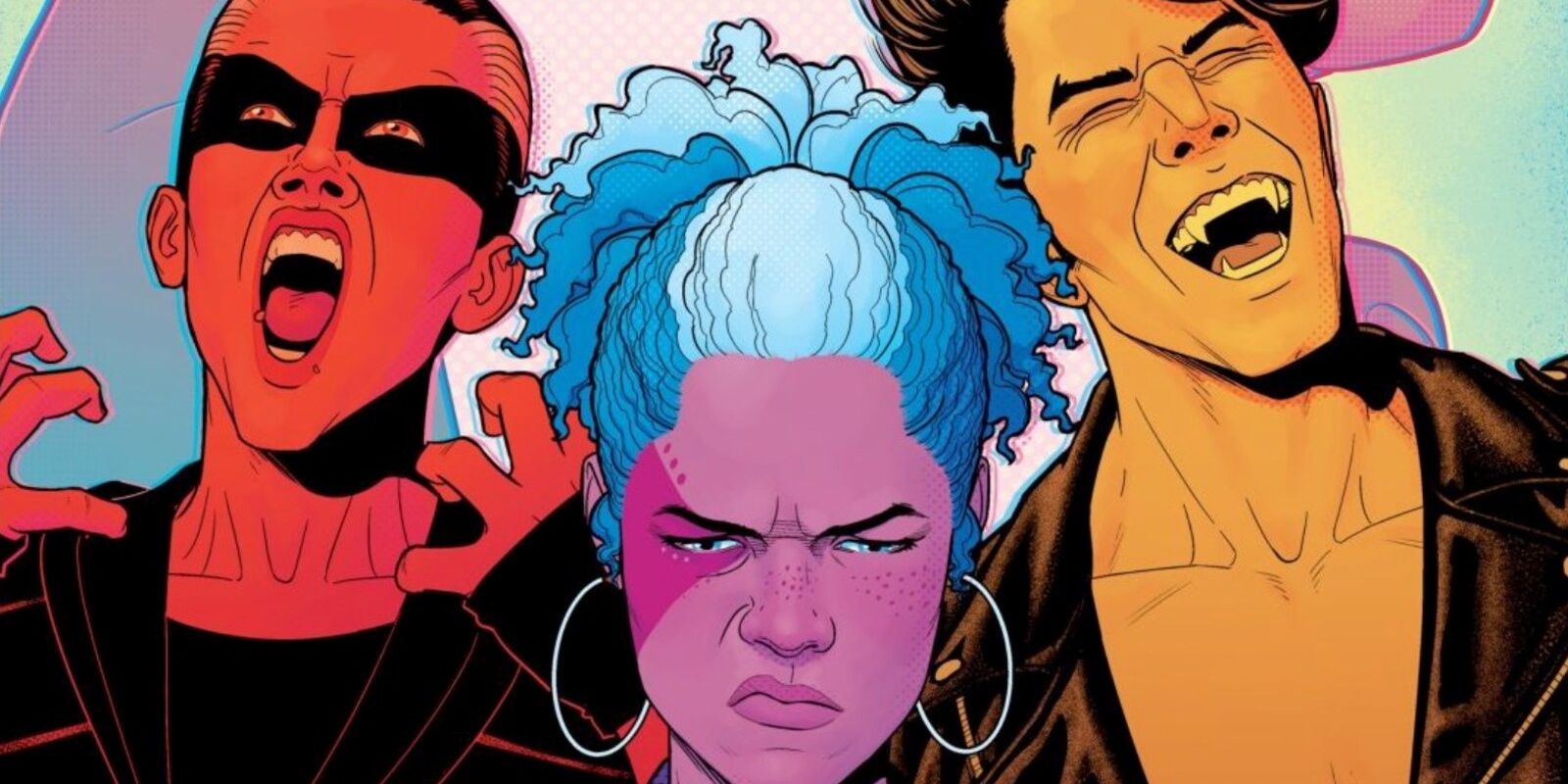
The Wicked + The Divine, by writer Kieron Gillen and artist Jamie McKelvie, tells the story of the Recurrence, when twelve people are gifted with the powers of the gods every ninety years. In the twenty-first century, they become pop stars and the book follows fan Laura as she digs into the Pantheon's secrets alongside trans documentarian Cassandra.
Just about every member of the cast is LGBTQIA+ in some way and the book is full of relationships between them. It's rare for a comic to be this diverse in every way and beyond all of that, it's just an amazing story, one that's informed by just how queer it is.
0 Comments